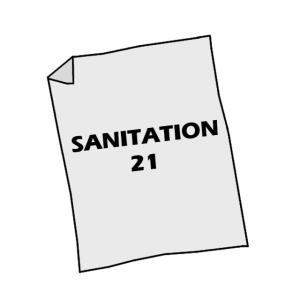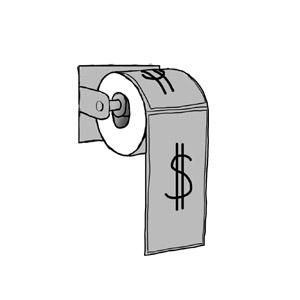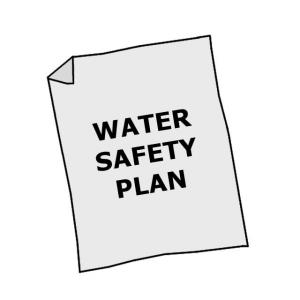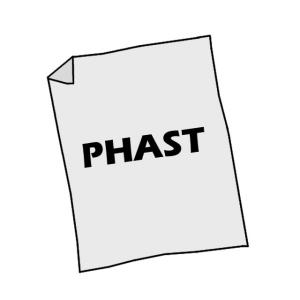Executive Summary
| In | Out |
|---|---|
Fertigation Water, Biogas, Compost/Biosolids |
Introduction
The upflow chambers provide enhanced removal and digestion of organic matter. BOD may be reduced by up to 90%, which is far superior to its removal in a conventional septic tank.
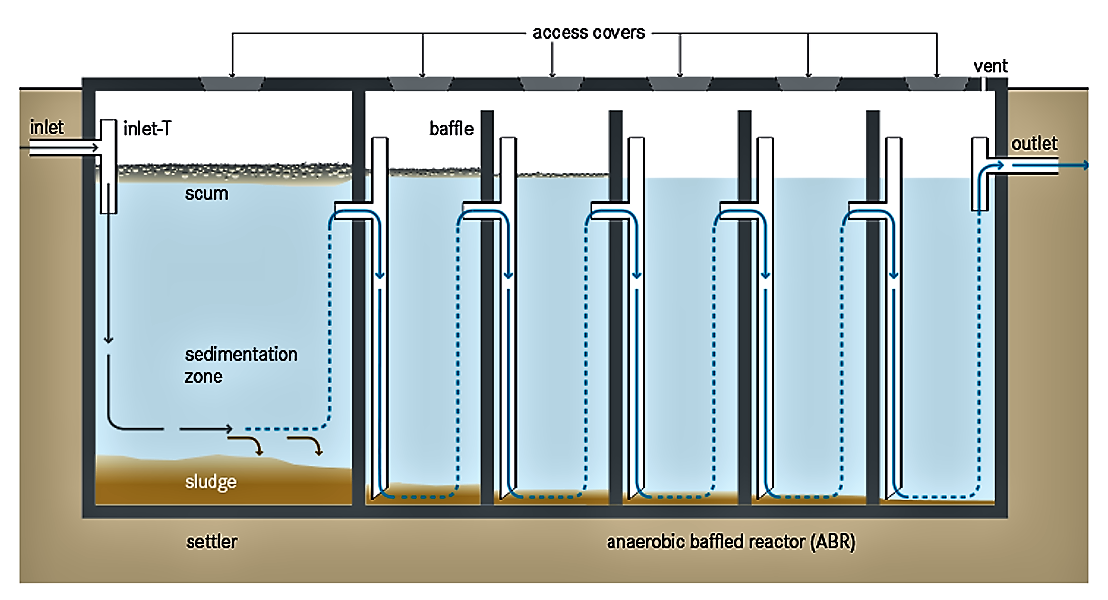
Design Considerations
The majority of settleable solids are removed in a sedimentation chamber in front of the actual ABR. Small-scale stand-alone units typically have an integrated settling compartment, but primary sedimentation can also take place in a separate settler or another preceding technology (e.g., existing septic tanks). Designs without a settling compartment are of particular interest for (semi-) centralized treatment plants that combine the ABR with other technologies, or where prefabricated, modular units are used.
Typical inflows range from 2 to 200 m3 per day. Critical design parameters include a hydraulic retention time (HRT) between 48 to 72 hours, upflow velocity of the wastewater below 0.6 m/h and the number of upflow chambers (3 to 6). The connection between the chambers can be designed either with vertical pipes or baffles. Accessibility to all chambers (through access ports) is necessary for maintenance. Usually, the biogas produced in an ABR through anaerobic digestion is not collected because of its insufficient amount. The tank should be vented to allow for controlled release of odorous and potentially harmful gases.
Health Aspects/Acceptance
Under normal operating conditions, users do not come in contact with the influent or effluent. Effluent, scum and sludge must be handled with care as they contain high levels of pathogenic organisms. The effluent contains odorous compounds that may have to be removed in a further polishing step. Care should be taken to design and locate the facility such that odours do not bother community members.
Operation & Maintenance
An ABR requires a start-up period of several months to reach full treatment capacity since the slow growing anaerobic biomass first needs to be established in the reactor. To reduce start-up time, the ABR can be inoculated with anaerobic bacteria, e.g., by adding fresh cow dung or septic tank sludge. The added stock of active bacteria can then multiply and adapt to the incoming wastewater. Because of the delicate ecology, care should be taken not to discharge harsh chemicals into the ABR.
Scum and sludge levels need to be monitored to ensure that the tank is functioning well. Process operation in general is not required, and maintenance is limited to the removal of accumulated sludge and scum every 1 to 3 years. This is best done using a motorized emptying and transport technology. The desludging frequency depends on the chosen pre-treatment steps, as well as on the design of the ABR.
ABR tanks should be checked from time to time to ensure that they are watertight.
This technology is easily adaptable and can be applied at the household level, in small neighbourhoods or even in bigger catchment areas. It is most appropriate where a relatively constant amount of blackwater and greywater is generated. A (semi-) centralized ABR is appropriate when there is a pre-existing conveyance technology, such as a simplified sewer.
This technology is suitable for areas where land may be limited since the tank is most commonly installed underground and requires a small area. However, a vacuum truck should be able to access the location because the sludge must be regularly removed (particularly from the settling compartment). ABRs can be installed in every type of climate, although the efficiency is lower in colder climates. They are not efficient at removing nutrients and pathogens. The effluent usually requires further treatment.
Performance Characteristics of the Anaerobic Baffled Reactor
The use of the anaerobic baffled reactor (ABR) for wastewater treatment- A review
Evaluation of the Anaerobic Baffled Reactor for Sanitation in Dense Peri-urban Settlements
In this study, the performance of an anaerobic baffled reactor (ABR) in the treatment of domestic wastewater was assessed by extrapolating existing understanding of the characteristics of laboratory-scale ABRs to design a pilot-scale reactor. The report proposes improvements in ABR dimensions and installation in Guidelines for the design, operation and maintenance of an ABR treating domestic wastewater. Recommendations regarding the appropriateness of the system for different applications and suggestions for management and maintenance strategies were made.
FOXON, K. M. BUCKLEY, C. A. BROUCKAERT, C. J. DAMA, P. MTEMBU, Z. RODDA, N. SMITH, M. PILLAY, S. ARJUNG, N. LALBAHADUR, T. BUX, F. (2006): Evaluation of the Anaerobic Baffled Reactor for Sanitation in Dense Peri-urban Settlements. (= WRC Report No 1248/01/06 ). Pretoria: Water Research Commission. [Accessed: 21.08.2014] PDFThe anaerobic baffled reactor (ABR)- An appropriate technology for on-site sanitation
The publication analyses the appropriateness of anaerobic baffled reactors (ABRs) for on-site primary sanitation in low-income communities. COD removal in domestic wastewater by a pilot ABR (3000L) was assessed. Results indicate that COD was sufficiently reduced for the reuse of the water in agriculture, but not for directly discharging it into natural surface or groundwater bodies.
FOXON, K.M. ; PILLAY, S. ; LALBAHADUR, T. ; RODDA, N. ; HOLDER, F. ; BUCKLEY, C.A. (2004): The anaerobic baffled reactor (ABR)- An appropriate technology for on-site sanitation. In: Water SA : Volume 30 , 5.
